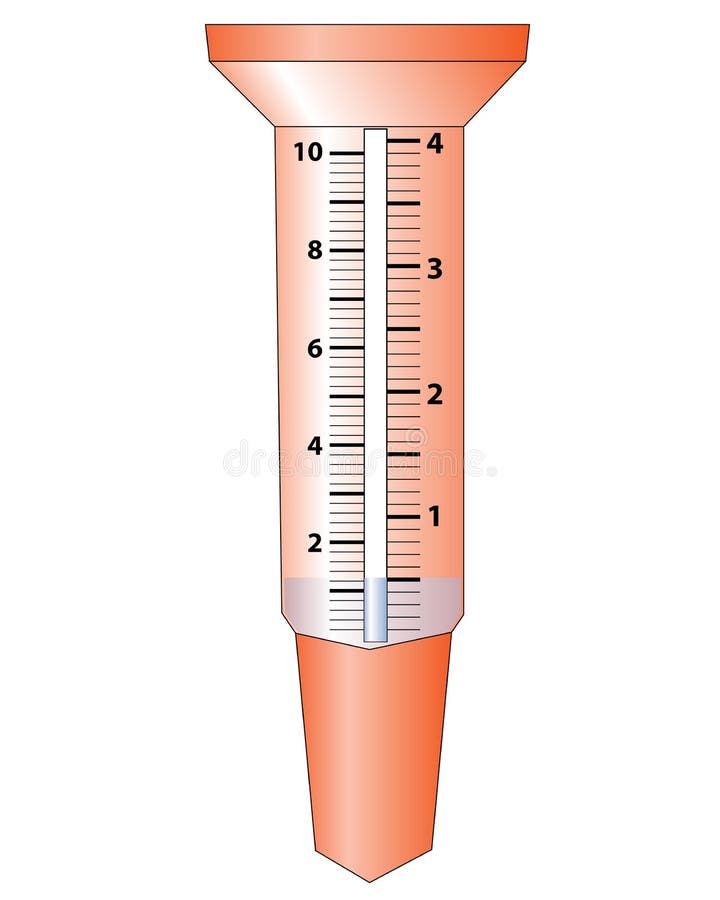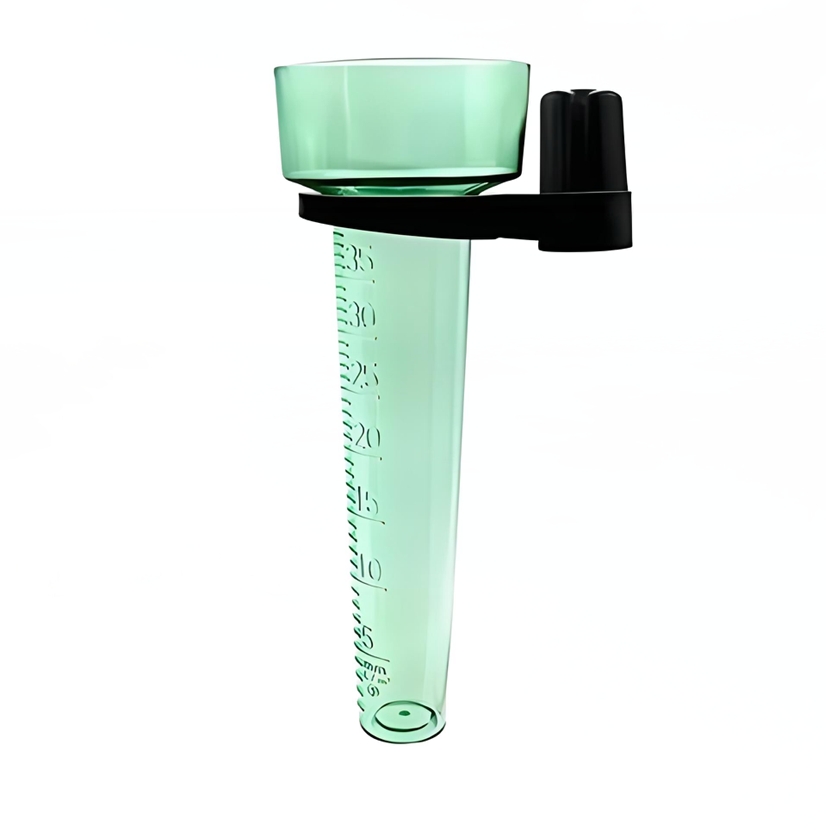Contrast the Leading Rain Gauge Designs for Accurate and Constant Analyses
Contrast the Leading Rain Gauge Designs for Accurate and Constant Analyses
Blog Article
Unveiling the Science Behind Rainfall Evaluates: Exactly How These Devices Play an Essential Role in Climate Research and Ecological Tracking
Rain determines, relatively basic tools, hold an extensive importance in the world of environment study and environmental tracking. These plain tools quietly gather one of nature's most vital aspects-- rainfall. Behind their plain exterior exists an intricate science that is vital for comprehending the dynamics of our environment. As we peel off back the layers of this clinical shroud surrounding rain gauges, we discover a globe where accuracy, data precision, and careful observation converge to unveil a deeper understanding of our transforming environment and its effect on the world.
Significance of Rainfall Scales
Rain determines play an essential function in surveillance and measuring rainfall degrees, providing necessary information for environment study and evaluation. These gadgets are essential in measuring the amount of rainfall that happens in a particular location over a specific duration. By measuring and accumulating rainwater, rain determines offer useful understandings into the circulation and intensity of precipitation, helping meteorologists, hydrologists, and climatologists in recognizing weather condition patterns and fads.
Among the essential reasons rain assesses are essential is their capacity to provide precise and localized information. Unlike satellite or radar-based dimensions, which provide broader observations, rain gauges deal precise info certain to the location where they are placed. This local data is essential for numerous applications, including flood projecting, drought surveillance, and water resource administration. Additionally, long-lasting information accumulated from rainfall gauges aids in evaluating environment adjustment effects and patterns, contributing significantly to clinical research study and decision-making procedures. Essentially, rain determines act as vital tools in the field of meteorology and environmental science, playing a crucial role ahead of time our understanding of weather and environment dynamics.
Kinds Of Rain Gauges

Capability and Operation
In the realm of environment research study and atmospheric research studies, the performance of rain evaluates depend on their complex performance and accurate functional devices. Rainfall assesses are created to accurately measure the quantity of rainfall that drops over a certain location throughout a collection duration. These gadgets commonly include a channel that accumulates rain and channels it into a determining tube. The measuring tube is marked with adjusted dimensions that permit the accurate metrology of rainfall.
The performance of rainfall evaluates is based on the concept of collecting and measuring rain in a standardized manner. This collected information is important for understanding regional weather patterns, tracking lasting climate trends, and assessing environmental impacts. To make sure accurate dimensions, rainfall assesses need to be strategically placed in open locations far from blockages such as buildings or trees that might disrupt the collection process.
The functional facet of rainfall evaluates includes routine maintenance to avoid particles buildup, see this calibration checks to maintain measurement accuracy, and data recording for analysis (rain gauge). Overall, the functionality and operation of rain determines are essential for collecting dependable rainfall data important to environment study and environmental tracking
Role in Climate Study
Offered the crucial value of accurate rainfall dimensions in recognizing weather condition patterns and environmental influences, the role of rainfall gauges in climate research study is essential. Rainfall gauges provide important data for environment research study by evaluating the amount of precipitation that tips over a specific area throughout a given duration. This data is vital for monitoring long-lasting fads in rainfall patterns, assessing the effect of environment modification on rainfall circulation, and enhancing climate designs.

Environment scientists make use of data collected from rain evaluates to evaluate variants in rainfall degrees, determine local environment patterns, and assess the performance of water resource administration strategies. By contrasting historic precipitation data with present measurements, researchers can find changes in rainfall patterns, such as modifications in the regularity or strength of rains events. This information is important for recognizing exactly how climate modification is affecting rainfall characteristics and can aid policymakers make notified decisions relating to adaptation and mitigation methods.
Applications in Ecological Monitoring

In flood forecasting, rain scale information helps to track rainfall strength and circulation, permitting authorities to release prompt cautions and take needed procedures to minimize flood dangers (rain gauge). Drought surveillance relies on rain scale information to assess dampness degrees in the dirt and track precipitation shortages, aiding in the recognition of drought-prone locations and the execution of dry spell response methods
Furthermore, rainfall scale information plays a crucial function in water resource monitoring by giving info on water schedule and usage trends. Furthermore, in farming, rainfall gauge information helps farmers in enhancing irrigation routines, plant option, and general farm management techniques based on local rainfall patterns.
Verdict
To conclude, rainfall evaluates are necessary devices for gauging precipitation, giving beneficial information for climate study and ecological monitoring. With different types and functionalities, rain assesses play an important duty in comprehending precipitation patterns and their influence on the environment. By properly gauging rains, these tools add to the development of scientific understanding and help in making informed decisions pertaining to water source management and disaster preparedness.
Rain evaluates play a crucial function in surveillance and gauging rainfall degrees, offering necessary information for climate research study and evaluation. The conventional rain scale, understood as the "tipping pail" gauge, is one of the most typically utilized tools. Ultrasonic rain determines usage sound waves to detect the visibility of rain, supplying real-time information on rainfall levels.Climate scientists use data collected from rainfall gauges to assess variations in rainfall degrees, identify local climate fads, and examine the effectiveness of water source administration strategies.In final thought, rain assesses are you could look here vital devices for determining precipitation, supplying valuable data for environment research and ecological monitoring.
Report this page